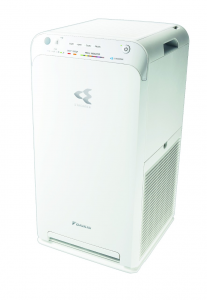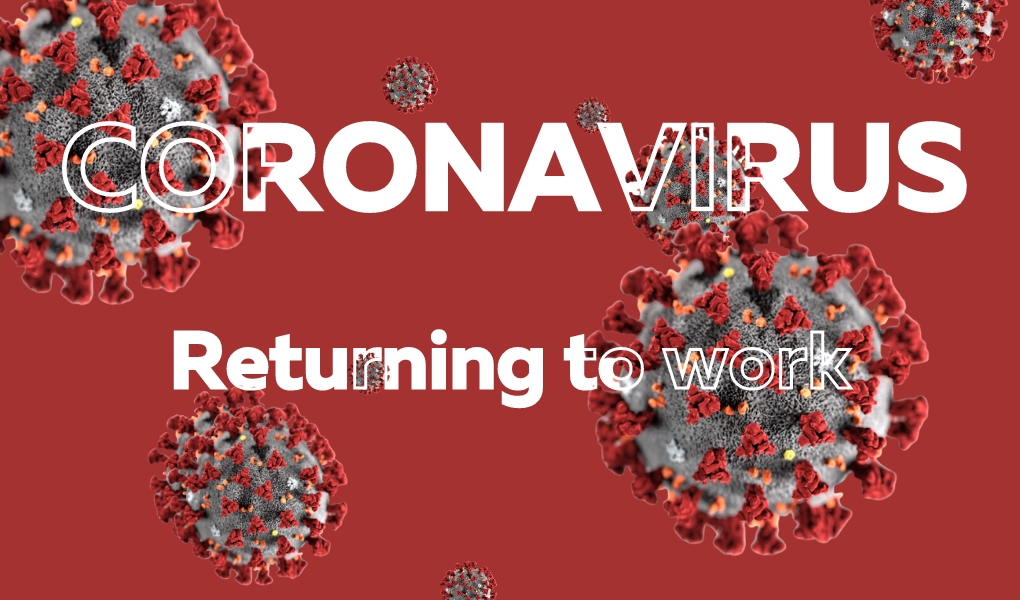Whilst many of us are biting at the bit to get back to normality post lockdown, business owners and managers are faced with a dilemma – how best to safely and effectively bring employees back to the workplace through the right indoor ventilation.
Some businesses have reported they will continue offering remote working after experiencing its success, whilst others will offer employees a hybrid arrangement, however, some businesses will want employees 100% back in the workplace.
The following information is a summary of guidance from BESA (Building Engineering Services Association) on the practical measures businesses need to take for indoor ventilation in the workplace to ensure good indoor air quality to reduce the chance of infection among staff.
Important points to consider are:
- Preventing contamination and protecting employees take priority over thermal comfort
- Any works must be undertaken with protective measures and respiratory protection
- Maintenance personnel should follow standard safety procedures and wear gloves and respiratory protection
- Employees that are able to control ventilation must be made aware of the advantages of it to reducing the spread of infectious matter
- Switch air handling units with recirculation to 100% outdoor air if possible
The guidance is aimed at reducing virus particle transmission and its existence within buildings:
- Temporarily vacated buildings should have ventilation systems kept running but at a lower speed.
- Maximise the supply of outside air whilst ensuring social distancing between employees.
- Mechanical ventilation systems can be used to increase air supply and exhaust ventilation by extending operation times – start and end ventilation ‘busy time’ speeds 2 hours prior and post to occupant’s arrival and departure. Don’t turn ventilation systems off, if vacant simply reduce speeds.
- Where mechanical ventilation is not available in buildings open windows, doors if no windows are available. Where it is available, windows should be opened to boost ventilation.
- Buildings with a centralised humidification should maintain humidity of between 40-60%RH.
- For demand-controlled ventilation systems,change the CO2 setpoint to lower than 400 ppm and keep ventilation on 24/7.
- For heat recovery systems make sure they are inspected to ensure leakages are under control, keep rotors at normal operation rather than switching them off. If leakages are suspected, then pressure adjustment or bypassing can be an option – pressure differences can be corrected by dampers or other reasonable arrangements.
- Any air conditioning system (other than DX type fan coils) that normally run with recirculation mode should be set up to run on full outside air where possible.
- Coil cleaning and disinfection of the air conditioning unit should be undertaken with traditional cleaning products (these must meet EN 14476:2013 + A2 2019, as they are proven to kill all 7 of the known human coronaviruses) and ensure the manufacturers guidance is met for Planned Preventative Maintenance.
- Continue with normal duct cleaning and maintenance procedures to industry guidance, there isn’t a need to undertake ‘extra’ duct cleaning.
- Follow normal maintenance procedures for central outdoor air and extract air filters. HVAC maintenance personnel should carry out work in line with standard safety procedures to minimise risk. Where possible look to upgrade filters and, if needed, fan motors to support higher grade filters.
- Maintenance tasks should be carried out as standard practice. Standard practice must be followed at all times, not just during this pandemic.
- Maximise the introduction of air to fan coil indoor units.
- The virus can be inactivated by heating up fan coils to 60° for one hour or 40° for 24 hours – this would be beneficial to undertake once a day when there are no occupants.
- Non centralised or local Mechanical Heat Recovery Ventilation (MHRV) devices will always have an ‘internal leakage rate’ of typically 8-10% but REHVA advises they should now be below 5% – to achieve this it’s recommended to reconfigure system pressures so that the supply air system pressure is greater than the return air system pressure.
- Care should be taken with ventilation grilles to prevent any blockages of ventilation.
- Portable room air cleaners should be positioned that best treats the air within that room and not pushed to a corner or side of the room, with notices to occupants to not switch off. They should also not instil a false sense of security with the room’s occupants – increasing regular ventilation is always much more efficient. Lynx AC can now offer its customers the ‘Daikin Air purifier with Streamer technology’ (MC55VB) portable unit, simply get in touch with us on 01522 788799 to order yours today.

- Exhaust ventilation systems in toilet facilities must always be kept on 24/7 and relatively negative pressure must be maintained. Flush toilets with closed lids where possible, and water seals must be in full working order. Do not open toilet windows, as this may cause contaminated airflow into other rooms from the toilet, unless there is no other ventilation – if this is the case ensure other rooms are well ventilated.
- Disposal of waste, including filters, should be bagged and disposed of safely and PPE be worn.
- Utilise indoor air quality and smart technology that provide real time data that can predict maintenance needs and provide a good understanding to the quality of the air in occupied spaces to help understand peak periods and where additional methods of ventilation may be needed. Lynx AC now offers its customers the ATMO Tube PRO portable air pollution monitor, with its own mobile app providing all the data you need to improve your indoor air quality, simply get in touch with us on 01522 788799 to order yours today.

The full BESA summary can be found here, which includes a risk assessment for air conditioning or ventilation system fan coil units.
Further sources available:
- BESA Covid-19 Guidance – Guidance and support for members regarding Covid-19
- REHVA Covid-19 Guidance – How to operate and use building services in areas with a coronavirus outbreak
- CIBSE Covid-19 Guidance – Guidance for staff, members and visitors
- CLC – Site Operating Procedures v7
- COVID-19 and Engineering Services: guidance – GN1 & GN2
- 40to60RH – Mid Range Air Humidity
- BESA – SFG001 (Air Filter Selection), SFG003 (Air Filtration & HVAC Systems), SFG004 (Clean Indoor Air)
- BESA – Technical Bulletin 048/4 (Covid-19 and Air Conditioning Systems)
- HSE – Ventilation and Air Conditioning during Covid-19
- SFG20 – The Definitive standard for planned maintenance
Mechanical ventilation and heat recovery is the ultimate solution
To make sure that your indoor air quality is the best it can be then installing mechanical ventilation and heat recovery solutions are the best solution. The ventilation extracts and removes fumes and particles from the environment, and the heat recovery allows fresh air into the building as efficiently as possible by utilising the energy elements already present with the building. This means stale air is extracted and the energy within it is passed over a heat exchanger to the fresh air being drawn in from the outside.
Lynx AC are a first class provider of mechanical ventilation and heat recovery installations. We will design the best solution for your building and its occupants. We are a Mitsubishi Electric Diamond Quality Partner and a Daikin D1+ Premium Partner, which means you’ll get the best products with the best service for your business.
Simply call us on 01522 788799 and we’ll arrange one of our qualified team members to come out to you.


